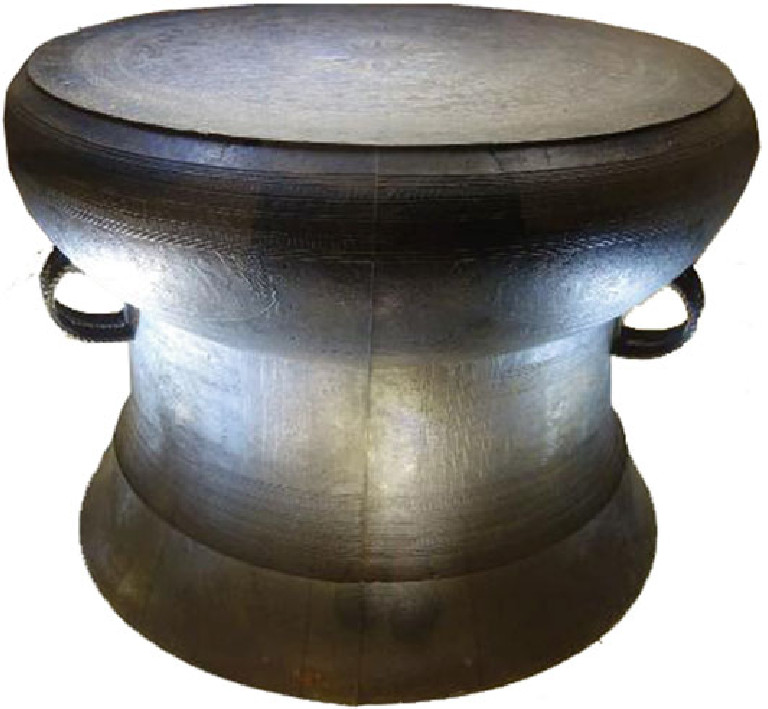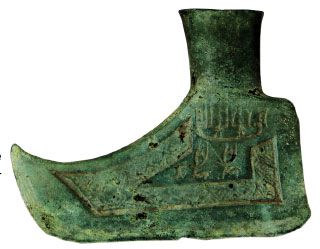The Dong Son culture was first discovered in 1924 when archaeologists unearthed ancient bronze artifacts in Dong Son village, located in Thanh Hoa Province, northern Vietnam. This discovery marked the beginning of significant scholarly interest in the culture, which is characterized by its advanced metallurgy, particularly in bronze casting.
1. Discovery:
– The first notable artifacts were found in 1924, leading to further excavations and research. The Dong Son culture is believed to have existed from around 1000 BC to the 1st century AD, primarily in the Red River Delta but also extending into other parts of Southeast Asia.
– Following the initial discovery, extensive archaeological work was conducted, revealing hundreds of sites and numerous artifacts associated with the Dong Son culture. These studies have helped establish a timeline of development and cultural significance.
– The Dong Son culture is considered a culmination of earlier cultures such as the Go Mun culture, which laid the foundation for bronze metallurgy in the region. This progression highlights the technological advancements and social organization of the Dong Son people.
2. International Recognition
The Dong Son culture is recognized internationally for its contributions to understanding Southeast Asian prehistory. Key points regarding its recognition include:
1. Cultural Significance:
– The Dong Son culture is often cited as one of the most important archaeological cultures in Southeast Asia, contributing to the formation of early Vietnamese civilization and influencing neighboring regions.
2. Influence on Other Cultures:

– Artifacts from the Dong Son culture, particularly bronze drums, have been found beyond Vietnam’s borders, indicating a broader cultural impact across Southeast Asia. This has led to increased interest from international archaeologists and historians.
3. UNESCO Recognition:
– The significance of Dong Son artifacts, especially the bronze drums, has been acknowledged by UNESCO as part of the intangible cultural heritage of humanity, further enhancing its international profile.
4. Exhibitions and Research:
– Ongoing exhibitions showcasing Dong Son artifacts and research findings continue to promote awareness and appreciation of this culture globally. Institutions like the Vietnam National Museum of History play a crucial role in these efforts.
In summary, the Dong Son culture was discovered in 1924, leading to extensive research that has illuminated its historical significance. Its international recognition stems from its influence on Southeast Asian cultures and contributions to our understanding of early civilizations in the region.
References:
[1] https://vnmh.com.vn/en/Articles/3188/16665/dong-son-culture-in-vietnam-90-years-of-discovery-and-study-part-1.html
[2] https://hanoitimes.vn/dong-son-bronze-drum-shows-strong-vitality-of-vietnamese-culture-325454.html
[3] https://baotanglichsu.vn/en/Articles/3188/16726/dong-son-culture-in-vietnam-90-years-of-discovery-and-study-part-2.html
[4] https://baotanglichsu.vn/en/Articles/3188/16832/dong-son-culture-in-vietnam-90-years-of-discovery-and-study-part-3.html
[5] https://en.wikipedia.org/wiki/Dong_Son_culture
[6] https://www.vietnam.vn/en/gioi-thieu-nhung-suu-tam-moi-ve-nen-van-hoa-dong-son/
[7] https://ddreamerjewelry.com/ancient-vietnamese-jewelry-history-the-dong-son-culture/

